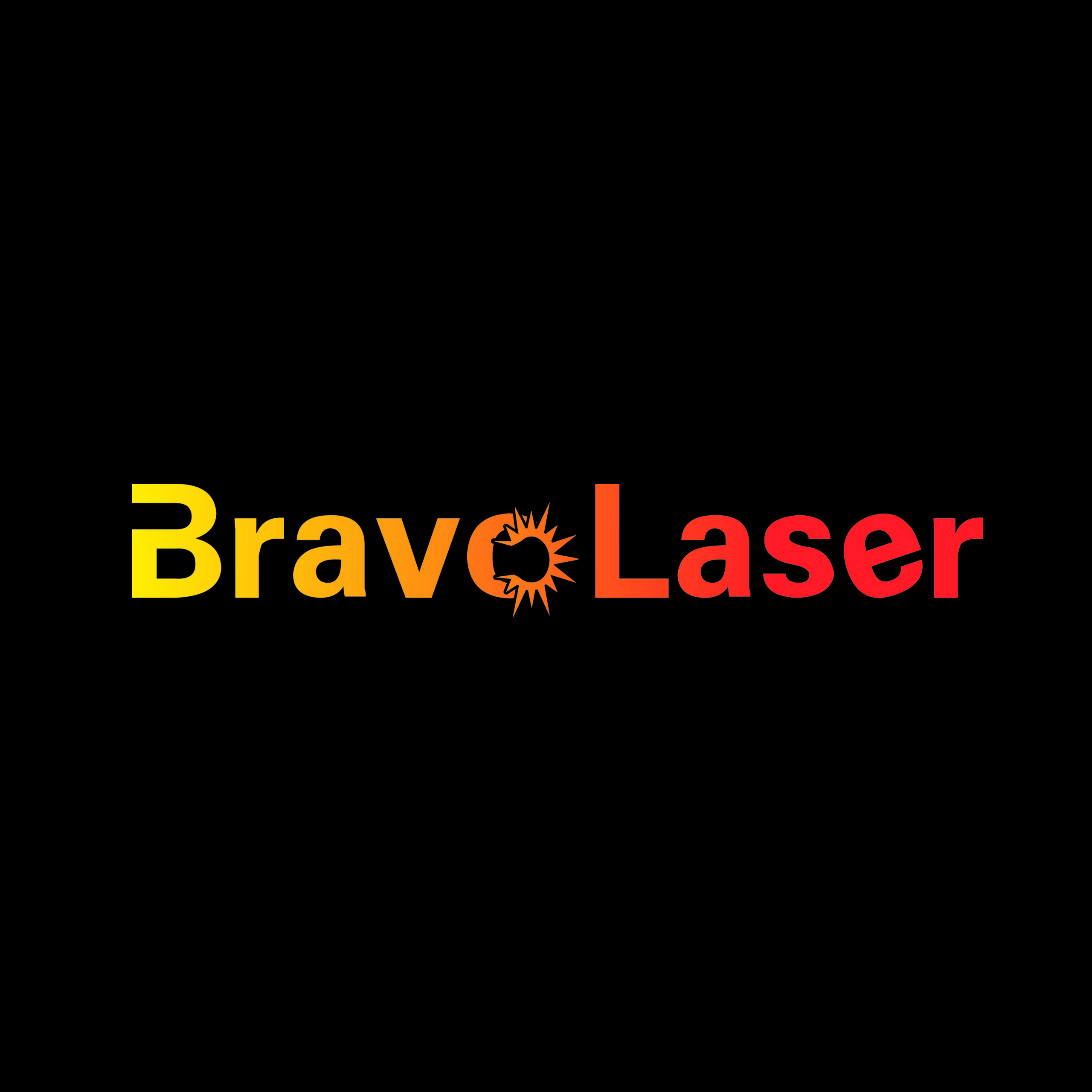In recent years, with the rapid development of China’s laser industry, the application market is gradually expanding, breaking many problems, unlocking several core technologies, and gradually getting rid of the dilemma of foreign “neck.” With the vigorous development of the laser industry, more and more people are beginning to pay attention to the development, production, and application of lasers. Among them, “What effect will laser have on the human body?” has become a question of great concern. In response to this question, Vico.com will answer for you.
The impact of lasers on the human body mainly includes damage to the eyes and skin.
Impact on human skin
Because of its physiological structure, the human skin can form a complete protective layer, which will play a specific protective role for the human body in daily life. For example, when a laser with too much power hits the skin, it can cause damage to the skin tissues. Although the skin tissue itself can repair this damage, the repaired skin tissue will have a reduced protective function.
The degree of laser damage to the skin is mainly influenced by the amount of laser irradiation, laser wavelength, skin tone shade, and tissue moisture. Numerous experiments have proved that the power density of the laser and the degree of skin tissue damage are positively correlated when the laser irradiates the skin. Furthermore, there is a certain safety threshold for the absorption of laser energy by human skin. When the safety threshold is exceeded, human skin (the part irradiated by laser) will have red spots, blisters, carbonization, boiling, burning, or vaporization due to increased laser exposure. Therefore, it is easy to understand that laser damage to human skin is mainly due to the thermal effect produced by the laser.
Although the damage to human skin caused by laser irradiation is not enough to affect the overall functional structure of the skin tissue, it is still necessary to strengthen the protection of human skin during daily teaching and use and to wear protective clothing as required to minimize the damage to human skin caused by the laser.
Impact on the eyes
When the laser damages the human body, the most severe damage is to the eyes.
The human eye is an approximate spherical body consisting of the wall of the eye, the contents of the eye, and the retina. The wall of the eye consists of the cornea and sclera, the iris and choroid, and the retina, which are three layers of different textures. The eye’s contents include the lens, atrial fluid, and vitreous humor.
The eye’s refractive system is composed of the cornea and the eye contents together, and because of its fine quality, light is not obstructed when it passes through. The cornea, iris, crystalline lens, vitreous humor, and atrial aqueous humor form a sophisticated optical system for the body to receive light.
The refractive system has the characteristics of low absorption, high transmission, and high focusing ability, which allows the laser to pass through the refractive system when entering the eye and reach the retina, where the laser energy density on the retina can be increased by thousands or even tens of thousands of times, resulting in irreversible damage to the photoreceptor cells and even permanent blindness due to high retinal temperature.
Far-infrared laser damage to the eye is mainly aimed at the cornea, while the crystal mainly absorbs ultraviolet. Damage to the cornea causes keratitis and conjunctivitis and is accompanied by photophobia, vision loss, and congestion. In addition, when the lens is damaged, clouding of the lens may occur.
Since the damage to the eye caused by laser irradiation is irreversible, it is essential to pay extreme attention to the protection of the eye when using it, wear goggles, maintain a certain safety distance, and strictly comply with the relevant rules and regulations to avoid the occurrence of injuries from the ground up.
Currently, most of the laser injury cases in China are accidental exposure accidents, and a few are complications from laser treatment. When a laser injures the human body, it is necessary to take sufficient rest and protection from light. If the injury is severe, professional medical personnel should be contacted immediately. If necessary, glucocorticoid treatment can be used, supplemented by Chinese medicine, to activate blood circulation and remove blood stasis.
Before using the laser for operation, you should check whether there is any light leakage and seal the location where there is a possibility of light leakage; the working environment should be kept with sufficient light, and the protective structure made of light-absorbing material should be chosen around; individuals should check whether the goggles and protective uniform are intact when working with the laser.
In a word, the laser can cause serious harm to the human body, but to a large extent, we can avoid it through scientific and regulatory means.


